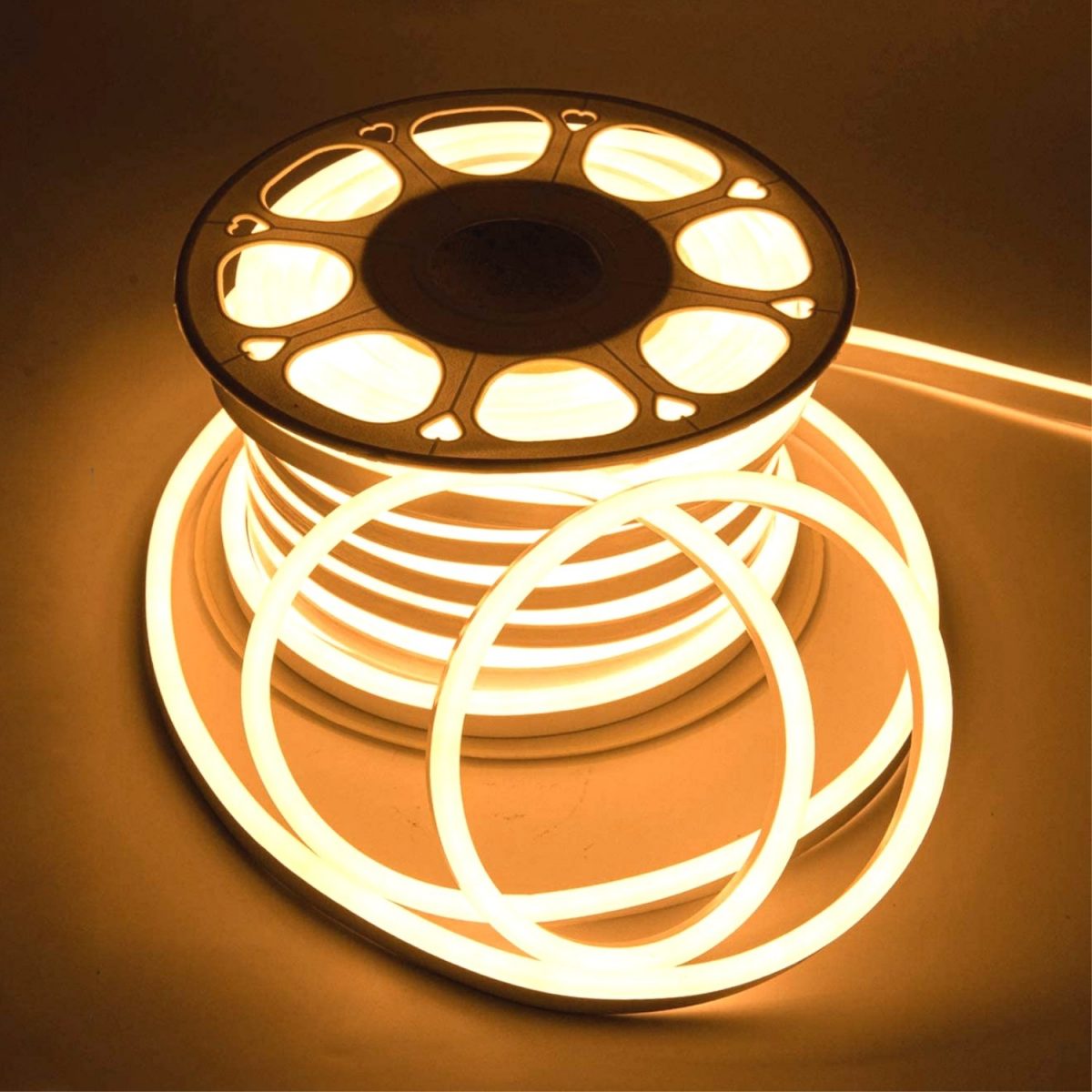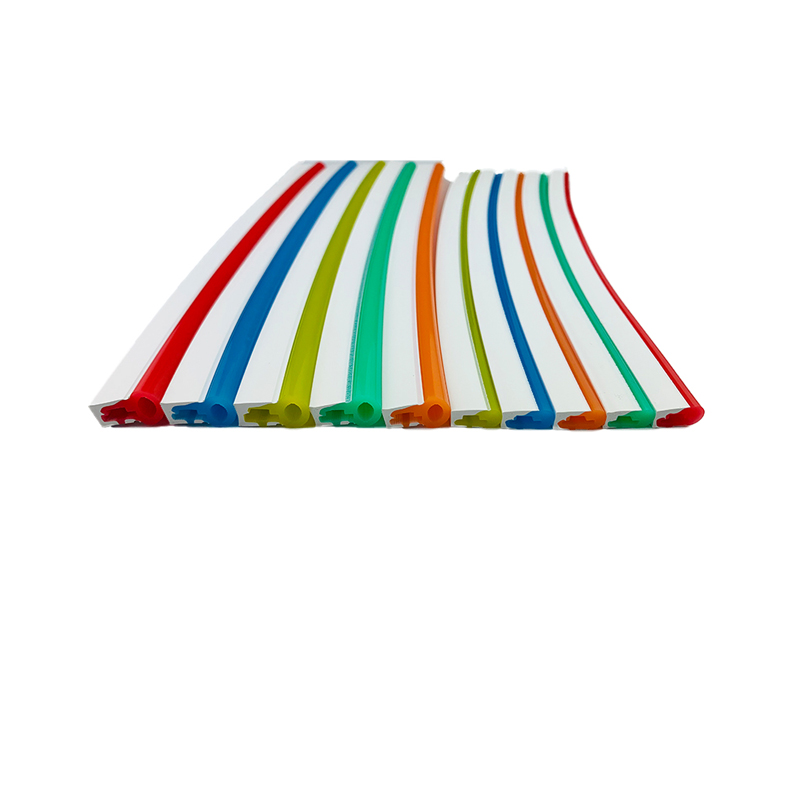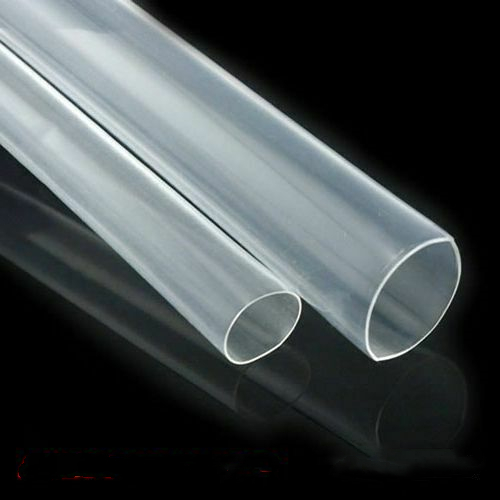Rice needs to grow well, and fertilization is indispensable. Not only must it be applied, but the method needs to be more skillful. In 2008, the early rice will be transplanted. In order to help farmers and friends to fertilize and promote the early development, growth and harvest of rice, the following describes the scientific fertilization method of rice.
1. The amount of fertilizer applied in each growing season of rice
1. The amount of fertilizer applied. The amount of rice applied can be calculated based on the expected yield, the amount of nutrients required by the rice, the supply of soil nutrients, and the nutrient content and utilization rate of the applied fertilizer. Taking the Pearl River Delta region of Guangdong Province as an example, the optimum nitrogen application rate of the high-yield field (a rice yield of nearly 500 kg per 667 square meters) is 180 kg of pure nitrogen per hectare, and the amount of phosphorus and potassium can be calculated by the ratio of nitrogen, phosphorus and potassium.
2. Fertilization period. It can be divided into four periods: base fertilizer, tiller fertilizer, panicle fertilizer, and grain fertilizer (depending on rice growth potential). The fertilization time and distribution ratio in each period are as follows.
(1) Base fertilizer. The rice is applied to the soil before transplanting, and the base fertilizer accounts for 40% of the total amount of chemical fertilizer, combined with the last application of the field. It is recommended to apply 20 kg of Saco-rich rice fertilizer 20-12-14 or similar compound fertilizer per 667 square meters.
(2) Dividing fertilizer. The tillering period is an important period of increasing the number of strains, and is applied half a month after transplanting or transplanting. It is recommended to apply 20 kg of Saco-rich rice fertilizer 20-12-14 or similar compound fertilizer per 667 square meters.
(3) Spike fertilizer. Divided into flower fertilizer and flower fertilizer. The flower-promoting fertilizer is applied during the coke differentiation stage to the floret differentiation stage. In this period, nitrogen application can increase the number of spikelets per panicle. The flower-preserving fertilizer is applied slightly before the meiotic phase of pollen cells, which has the effect of preventing the degradation of spikelets and increasing the accumulation of stem and sheath storage. Spike fertilizer does not distinguish between flower fertilizer and flower fertilizer, but is applied 40 to 50 days after transplanting. It is recommended to apply 10 kg of compound fertilizer or similar compound fertilizer of 10 to 6 to 24 per 667 square meters.
(4) Granular fertilizer. Granular fertilizer has the functions of prolonging leaf function, increasing photosynthesis intensity, increasing grain weight, and reducing empty granules. Especially for rice fields with small populations and varieties with large panicle size and long filling period, it is recommended to apply a small amount of urea, but not to be partial to nitrogen, so as to avoid late maturity.
Second, the main method of fertilization in foreign rice
1. "V" type fertilization method. The fertilization method was proposed by a Japanese scholar based on the relationship between the nitrogen application period of rice and the percentage and yield of mature grains. It is believed that rice should be applied in large amounts to nitrogen fertilizer 45 days before heading and 21 days before heading. The fertilization ratio in the front, middle and late stages is 4:0:6. The "V" type fertilization method can promote tillering to ensure the number of panicles and maintain the function of the later leaves, which is conducive to grouting and firming, and is an economic, high-yield and precocious fertilization route. However, there are many fertilizations in the late stage, which is unfavorable or even dangerous in some places in China. Because of the high temperature and rain in the middle and late stages of rice growth, fertilization is more likely to cause long-term lodging, and it is easy to induce rice blast and sheath blight.
2. Deep fertilization method. Applying 1/3 of the total fertilization as a full-layer fertilizer to the soil, the remaining 2/3 of the amount of fertilizer is applied to the whole layer of soil 10 to 12 cm deep in 35 days before heading. The target rate is 85% to 95%, and the seed setting rate is 85% or more. If the ear-forming rate is lower than 80%, the base fertilizer is too much; if the seed setting rate is lower than 80%, the top dressing is too much. At this time, the amount of base fertilizer and top dressing should be adjusted.
3. Film bin fertilization method. This method believes that increasing the seed setting rate and grain weight is the way to increase production. Therefore, 40 days before heading, less nitrogen is applied, potassium is added, and nitrogen is applied in a total amount of 20%. Before the heading, 50% of the total amount of nitrogen was applied twice. The first time was 30 days before heading, the flower fertilizer was applied, and the second time was applied to the flower fertilizer 10 to 15 days before heading. The remaining 30% was applied after heading, and the leaf color at the booting stage was taken as the standard. From the heading to the 10 days before the harvest, the leaf color was chlorotic, and it was applied once every other week, each time applying 10 kg/ha of pure nitrogen, at least 3 Times.
4. Qiaochuan tide fertilization method. This method greatly reduces the amount of nitrogen fertilizer in the base fertilizer and focuses on the application of fertilizer. Key points: The nitrogen of the base fertilizer is halved or the base fertilizer is nitrogen-free. In the highest tillering stage, a large amount of nitrogen fertilizer is applied (the safest for 40 days after rice planting). In the period of differentiation of the young panicle, the flower fertilizer and the granular fertilizer are combined once.
5. Lateral deep fertilization. At the same time, rice is transplanted into the soil on the side of the seedling. This method promotes early fertility and is most suitable for rice cultivation in cold regions. The high yield and stable yield of cold rice is important to promote the early vegetative growth and ensure sufficient stem number. The lateral deep fertilization method can solve the problem of low temperature, cool ground, cold water irrigation and early cultivation: the initial fertility deficiency caused by straw returning to the field. It is difficult to do with conventional fertilization methods. This method should be adopted in northern rice growing areas.
Third, domestic rice main fertilization method
1. The former light ~ medium weight ~ after the supplement method: the appropriate amount of base fertilizer and tiller fertilizer, reasonable application of ear fertilizer, discretionary application of granular fertilizer, to achieve early growth and stability, early stage is not crazy, medium-term promotion of flowers, late premature aging. The method is based on ensuring a sufficient number of spikes, and also attacks the large ear and the grain weight. This type of fertilization method is widely used in southern single-season late rice and late-maturing mid-season rice.
2. Formerly stable ~ attacking the law: This method saves fertilizer and produces high yield. Mainly to improve the effective tillering rate, attack the big ear to increase the seed setting rate, increase the grain weight and compete for high yield. Features: large groups of large and large plants, early control; stalk strong roots, mid-attack big spikes, middle and rear attack rate and ear weight.
3. Former promotion ~ central control ~ after the supplement method. This method is similar to the "V" type fertilization method. It reapplies the base fertilizer (accounting for more than 80% of the total amount) and re-administers the fertilizer, and applies the granular fertilizer as appropriate to achieve the "previously sturdy, medium-term stable, and later strong and strong" Claim. This type of fertilization is widely used in the northeast rice region, most of the southern early rice, and wheat glutinous rice in North China. The drawback is that the early growth is too prosperous, which is easy to cause the field to be depressed and the pests and diseases are heavier.
4. Pre-fertilization method. On the basis of the application of the base fertilizer, early application and heavy application of manure fertilizer, especially nitrogen fertilizer, to promote the early rapid development of tillering, to ensure the growth of multiple ears. The base fertilizer accounts for 70% of the total fertilizer (nitrogen fertilizer accounts for 60% to 80% of the total nitrogen), and the remaining 30% of the fertilizer is applied after transplanting. This method is applicable to the concentration of rainfall during rice growth, the loss of fertilizer, and the occurrence of low temperature and low illumination. The base fertilizer is mainly farmyard manure.
5. The bottom fertilizer is combined with the fertilization method. When the whole field is put into the field, all the fertilizers are applied once, so that the soil and fertilizer are fully mixed, and it is suitable for paddy fields with strong fertility such as clay and heavy loam, and the fertilizer source is sufficient. Using this method, the nitrogen uptake rate of the rice plants with the base fertilizer plus the manure and the base fertilizer plus the panicle fertilizer increased, the tiller was faster, the panicles were more, and the light transmittance between the rows was high, increasing the yield by 3.6% to 17.9%.
6. Soil testing formula fertilization method. Soil testing and formula fertilization is to coordinate the relationship between crop yield, agricultural product quality, soil fertility and crop environment. According to crop fertilizer requirements, soil fertilization characteristics and fertilizer effects, organic fertilizers and inorganic fertilizers are combined, essential nutrients and traces are required. Appropriate ratio of elements and a set of fertilization technology systems using the corresponding fertilizer application methods. This method can be based on the results of soil nutrient determination and the amount of various nutrients required for crops, scientifically match various nutrient ratios and application rates, and supply them reasonably to meet the nutrients needed for crops to achieve the purpose of increasing production and increasing efficiency; reducing unnecessary Fertilization, reduce costs, reduce environmental pollution, reduce soil compaction and pests and diseases.
1. The amount of fertilizer applied in each growing season of rice
1. The amount of fertilizer applied. The amount of rice applied can be calculated based on the expected yield, the amount of nutrients required by the rice, the supply of soil nutrients, and the nutrient content and utilization rate of the applied fertilizer. Taking the Pearl River Delta region of Guangdong Province as an example, the optimum nitrogen application rate of the high-yield field (a rice yield of nearly 500 kg per 667 square meters) is 180 kg of pure nitrogen per hectare, and the amount of phosphorus and potassium can be calculated by the ratio of nitrogen, phosphorus and potassium.
2. Fertilization period. It can be divided into four periods: base fertilizer, tiller fertilizer, panicle fertilizer, and grain fertilizer (depending on rice growth potential). The fertilization time and distribution ratio in each period are as follows.
(1) Base fertilizer. The rice is applied to the soil before transplanting, and the base fertilizer accounts for 40% of the total amount of chemical fertilizer, combined with the last application of the field. It is recommended to apply 20 kg of Saco-rich rice fertilizer 20-12-14 or similar compound fertilizer per 667 square meters.
(2) Dividing fertilizer. The tillering period is an important period of increasing the number of strains, and is applied half a month after transplanting or transplanting. It is recommended to apply 20 kg of Saco-rich rice fertilizer 20-12-14 or similar compound fertilizer per 667 square meters.
(3) Spike fertilizer. Divided into flower fertilizer and flower fertilizer. The flower-promoting fertilizer is applied during the coke differentiation stage to the floret differentiation stage. In this period, nitrogen application can increase the number of spikelets per panicle. The flower-preserving fertilizer is applied slightly before the meiotic phase of pollen cells, which has the effect of preventing the degradation of spikelets and increasing the accumulation of stem and sheath storage. Spike fertilizer does not distinguish between flower fertilizer and flower fertilizer, but is applied 40 to 50 days after transplanting. It is recommended to apply 10 kg of compound fertilizer or similar compound fertilizer of 10 to 6 to 24 per 667 square meters.
(4) Granular fertilizer. Granular fertilizer has the functions of prolonging leaf function, increasing photosynthesis intensity, increasing grain weight, and reducing empty granules. Especially for rice fields with small populations and varieties with large panicle size and long filling period, it is recommended to apply a small amount of urea, but not to be partial to nitrogen, so as to avoid late maturity.
Second, the main method of fertilization in foreign rice
1. "V" type fertilization method. The fertilization method was proposed by a Japanese scholar based on the relationship between the nitrogen application period of rice and the percentage and yield of mature grains. It is believed that rice should be applied in large amounts to nitrogen fertilizer 45 days before heading and 21 days before heading. The fertilization ratio in the front, middle and late stages is 4:0:6. The "V" type fertilization method can promote tillering to ensure the number of panicles and maintain the function of the later leaves, which is conducive to grouting and firming, and is an economic, high-yield and precocious fertilization route. However, there are many fertilizations in the late stage, which is unfavorable or even dangerous in some places in China. Because of the high temperature and rain in the middle and late stages of rice growth, fertilization is more likely to cause long-term lodging, and it is easy to induce rice blast and sheath blight.
2. Deep fertilization method. Applying 1/3 of the total fertilization as a full-layer fertilizer to the soil, the remaining 2/3 of the amount of fertilizer is applied to the whole layer of soil 10 to 12 cm deep in 35 days before heading. The target rate is 85% to 95%, and the seed setting rate is 85% or more. If the ear-forming rate is lower than 80%, the base fertilizer is too much; if the seed setting rate is lower than 80%, the top dressing is too much. At this time, the amount of base fertilizer and top dressing should be adjusted.
3. Film bin fertilization method. This method believes that increasing the seed setting rate and grain weight is the way to increase production. Therefore, 40 days before heading, less nitrogen is applied, potassium is added, and nitrogen is applied in a total amount of 20%. Before the heading, 50% of the total amount of nitrogen was applied twice. The first time was 30 days before heading, the flower fertilizer was applied, and the second time was applied to the flower fertilizer 10 to 15 days before heading. The remaining 30% was applied after heading, and the leaf color at the booting stage was taken as the standard. From the heading to the 10 days before the harvest, the leaf color was chlorotic, and it was applied once every other week, each time applying 10 kg/ha of pure nitrogen, at least 3 Times.
4. Qiaochuan tide fertilization method. This method greatly reduces the amount of nitrogen fertilizer in the base fertilizer and focuses on the application of fertilizer. Key points: The nitrogen of the base fertilizer is halved or the base fertilizer is nitrogen-free. In the highest tillering stage, a large amount of nitrogen fertilizer is applied (the safest for 40 days after rice planting). In the period of differentiation of the young panicle, the flower fertilizer and the granular fertilizer are combined once.
5. Lateral deep fertilization. At the same time, rice is transplanted into the soil on the side of the seedling. This method promotes early fertility and is most suitable for rice cultivation in cold regions. The high yield and stable yield of cold rice is important to promote the early vegetative growth and ensure sufficient stem number. The lateral deep fertilization method can solve the problem of low temperature, cool ground, cold water irrigation and early cultivation: the initial fertility deficiency caused by straw returning to the field. It is difficult to do with conventional fertilization methods. This method should be adopted in northern rice growing areas.
Third, domestic rice main fertilization method
1. The former light ~ medium weight ~ after the supplement method: the appropriate amount of base fertilizer and tiller fertilizer, reasonable application of ear fertilizer, discretionary application of granular fertilizer, to achieve early growth and stability, early stage is not crazy, medium-term promotion of flowers, late premature aging. The method is based on ensuring a sufficient number of spikes, and also attacks the large ear and the grain weight. This type of fertilization method is widely used in southern single-season late rice and late-maturing mid-season rice.
2. Formerly stable ~ attacking the law: This method saves fertilizer and produces high yield. Mainly to improve the effective tillering rate, attack the big ear to increase the seed setting rate, increase the grain weight and compete for high yield. Features: large groups of large and large plants, early control; stalk strong roots, mid-attack big spikes, middle and rear attack rate and ear weight.
3. Former promotion ~ central control ~ after the supplement method. This method is similar to the "V" type fertilization method. It reapplies the base fertilizer (accounting for more than 80% of the total amount) and re-administers the fertilizer, and applies the granular fertilizer as appropriate to achieve the "previously sturdy, medium-term stable, and later strong and strong" Claim. This type of fertilization is widely used in the northeast rice region, most of the southern early rice, and wheat glutinous rice in North China. The drawback is that the early growth is too prosperous, which is easy to cause the field to be depressed and the pests and diseases are heavier.
4. Pre-fertilization method. On the basis of the application of the base fertilizer, early application and heavy application of manure fertilizer, especially nitrogen fertilizer, to promote the early rapid development of tillering, to ensure the growth of multiple ears. The base fertilizer accounts for 70% of the total fertilizer (nitrogen fertilizer accounts for 60% to 80% of the total nitrogen), and the remaining 30% of the fertilizer is applied after transplanting. This method is applicable to the concentration of rainfall during rice growth, the loss of fertilizer, and the occurrence of low temperature and low illumination. The base fertilizer is mainly farmyard manure.
5. The bottom fertilizer is combined with the fertilization method. When the whole field is put into the field, all the fertilizers are applied once, so that the soil and fertilizer are fully mixed, and it is suitable for paddy fields with strong fertility such as clay and heavy loam, and the fertilizer source is sufficient. Using this method, the nitrogen uptake rate of the rice plants with the base fertilizer plus the manure and the base fertilizer plus the panicle fertilizer increased, the tiller was faster, the panicles were more, and the light transmittance between the rows was high, increasing the yield by 3.6% to 17.9%.
6. Soil testing formula fertilization method. Soil testing and formula fertilization is to coordinate the relationship between crop yield, agricultural product quality, soil fertility and crop environment. According to crop fertilizer requirements, soil fertilization characteristics and fertilizer effects, organic fertilizers and inorganic fertilizers are combined, essential nutrients and traces are required. Appropriate ratio of elements and a set of fertilization technology systems using the corresponding fertilizer application methods. This method can be based on the results of soil nutrient determination and the amount of various nutrients required for crops, scientifically match various nutrient ratios and application rates, and supply them reasonably to meet the nutrients needed for crops to achieve the purpose of increasing production and increasing efficiency; reducing unnecessary Fertilization, reduce costs, reduce environmental pollution, reduce soil compaction and pests and diseases.
ã€Comment】 ã€Print this article】 ã€Close this page】 ã€Large, medium and small】
My factory supply the finished led neon flex including multicolour RGB Neon Flex

Neon Flex For Designs & Logos,

Single Colour Neon Flex

the led neon flex accessories including led flex neon silicon tube

LED Neon Flex Aluminium Channel Mounting Track

Waterproof Heatshrink Tube

neon strip light,neon flexible strip,led neon strip,flex neon strip
Farwise Technology Co.,Ltd. , https://www.farwiselighting.com